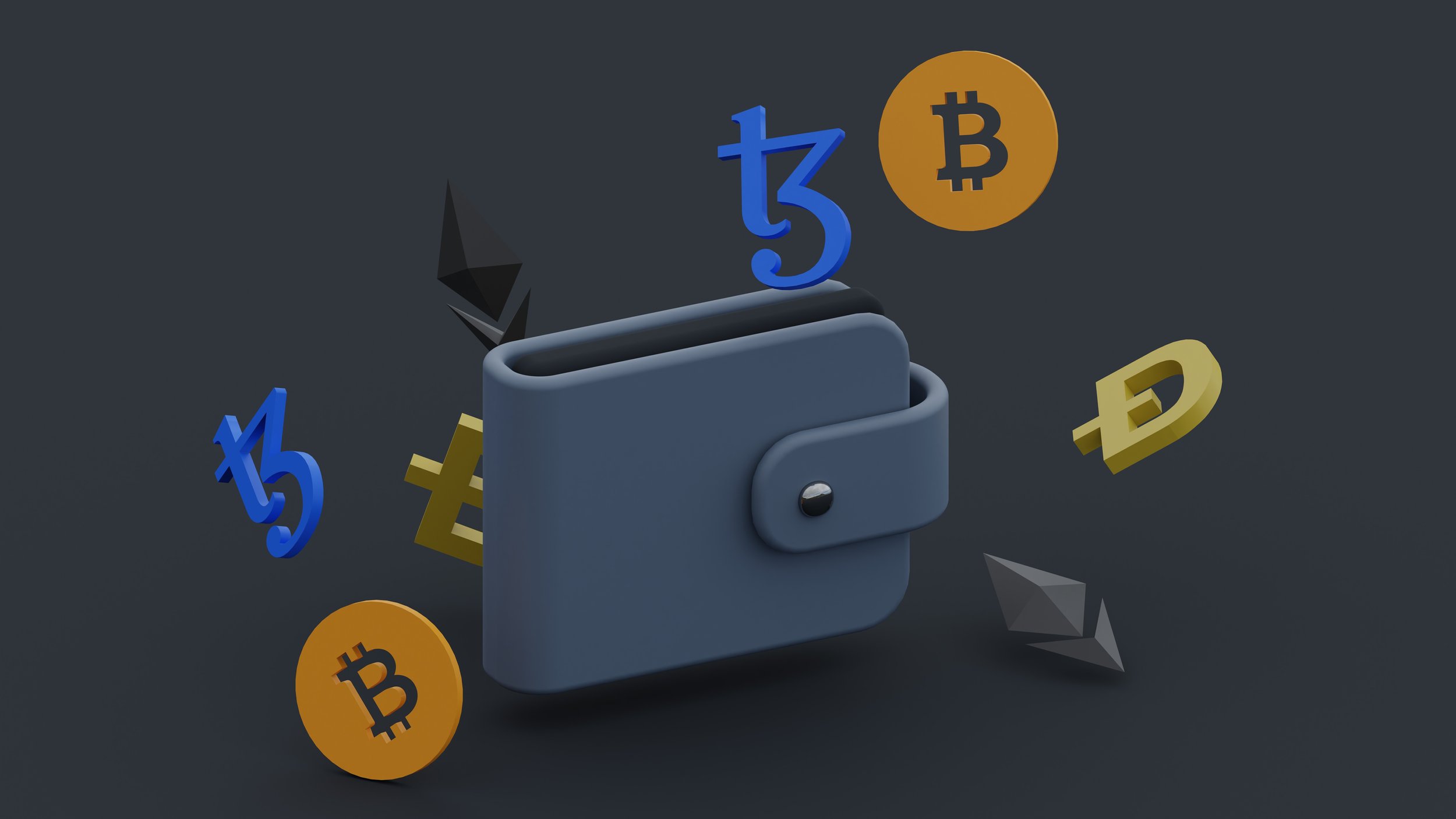Web3: The future of the Internet is here, and It's decentralized.
Understanding Web3
Enter Web3. Web3 is the future of the internet. So let's dive in and explore this exciting new frontier. Web3 is based on several key technologies that allow for the creation of a decentralized internet. These include blockchain technology, smart contracts, and decentralized applications (dApps).
Blockchain technology is at the core of Web3, providing a distributed and secure ledger that can record transactions and store data. With blockchain, data is stored in a network of computers instead of a single location, making it less vulnerable to attacks and tampering.
Smart contracts are self-executing programs that run on the blockchain, allowing for trustless and automated transactions. These contracts can be used to execute a wide range of tasks, such as buying and selling goods, transferring ownership of assets, and exchanging data.
Decentralized applications, or dApps, are applications that run on the blockchain and are designed to be more secure, private, and open than traditional applications. These dApps are often open source, meaning that anyone can review and contribute to their code. This makes them more transparent and trustworthy than traditional applications, which are often owned and controlled by a single company.
Together, these technologies enable a decentralized internet that is more secure, private, and open than the internet we know today. In the next section, we'll explore the benefits of a decentralized internet and why it matters.
The benefits of Web3
A. Increased Security and Privacy
Web3's decentralized architecture enhances security and privacy for users by removing the need for a central authority to control and manage user data. This means that data is distributed across a network of nodes, making it more difficult for hackers to breach or steal information. Additionally, Web3's use of encryption and smart contracts provides an added layer of security to online transactions and interactions.
Examples of Web3-based solutions that address security and privacy concerns include decentralized identity systems, such as uPort, that allow users to control and manage their own digital identities without relying on a central authority. Similarly, blockchain-based messaging platforms like Status provide end-to-end encryption and privacy for user messages.
B. Transparency and Openness
Web3's decentralized infrastructure promotes transparency and openness in online transactions and interactions by enabling direct peer-to-peer exchanges without the need for intermediaries. This removes the barriers that traditional centralized systems place on access to information and services, creating a more level playing field for all users.
Examples of how Web3-based applications provide more transparent and open systems for users include decentralized marketplaces like OpenBazaar, which allows anyone to buy and sell goods and services without the need for intermediaries, and blockchain-based social media platforms like Steemit, which enables users to earn rewards for content creation and curation.
C. Innovation and User Empowerment
Web3 empowers users by giving them greater control over their online experiences and interactions. By removing intermediaries, Web3 enables users to transact and interact with each other directly, without the need for permission or approval from central authorities. This creates new opportunities for innovation and creativity, as users can experiment with new business models and service offerings.
Examples of how Web3 is being used to create new decentralized services and applications that benefit users in innovative ways include decentralized finance (DeFi) platforms like Uniswap and Aave, which enable users to lend, borrow, and trade cryptocurrencies without the need for intermediaries, and blockchain-based gaming platforms like Axie Infinity, which enables users to earn cryptocurrency by playing games.
Overall, Web3 represents a major shift in the way the internet can be experienced and utilized, providing users with increased security, privacy, transparency, openness, and empowerment.
The challenges of Web3
A. Scalability
Explanation of the challenges related to scalability in the Web3 ecosystem due to the high number of transactions and the limited throughput of blockchain networks
Examples of current solutions, such as sharding and layer-2 protocols, that aim to increase network capacity and transaction speed
B. Usability
Discussion of the challenges related to usability, such as the complexity of using Web3 applications and the lack of a seamless user experience
Examples of current solutions, such as user-friendly wallets and intuitive interfaces, that aim to improve the usability of Web3 applications
C. Regulation
Explanation of the regulatory challenges surrounding Web3, such as the lack of clear legal frameworks and the potential for illicit activities on decentralized networks
Discussion of how governments and regulatory bodies are addressing these challenges and how the Web3 community is working to foster responsible innovation while maintaining the decentralized nature of the technology.
Overall, this section will provide an overview of the key challenges facing the Web3 ecosystem and how the community is working to address them in order to unlock the full potential of this groundbreaking technology.
The future of Web3
While still in its early stages, Web3 has the potential to be a major force in the future of the internet. As more users become aware of the benefits of decentralized technologies, the adoption of Web3 is likely to grow. This could lead to the creation of more sophisticated dApps that can provide a range of services that were previously only available on centralized platforms.
Additionally, Web3 has the potential to be integrated with other emerging technologies, such as artificial intelligence (AI) and the Internet of Things (IoT). This could create a powerful combination that could enable new and innovative applications that we can only begin to imagine.
However, there are also challenges that need to be addressed in order for Web3 to reach its full potential. These include issues related to scalability, usability, and regulation, as mentioned earlier. Despite these challenges, developers and researchers are actively working to address these issues, and it is likely that we will see significant progress in the coming years.
In conclusion, Web3 represents a major shift in the way the internet can be experienced and utilized. With its decentralized architecture, Web3 can enhance security, privacy, and transparency for users, while also empowering them with greater control over their online experiences. While there are still challenges to be addressed, the potential benefits of Web3 are clear, and it has the potential to revolutionize the way we use the internet and shape the future of the internet.
Conclusion
Web3 represents a major shift in the way we think about and interact with the internet. By leveraging decentralized technologies like blockchain, smart contracts, and dApps, Web3 has the potential to transform the internet into a more secure, private, and transparent environment, while also empowering users to take greater control over their online experiences.
While there are certainly challenges to overcome, such as scalability and regulation, the developers and researchers working on Web3 are making significant progress in addressing these issues. And with the potential for increased adoption, more sophisticated dApps, and integration with other emerging technologies like AI and IoT, the future of Web3 looks bright.
If you're interested in learning more about Web3 and its potential to transform the internet please subscribe with your e-mail so you can stay updated on the subject.
Thank you for reading!
Hayk Zar





